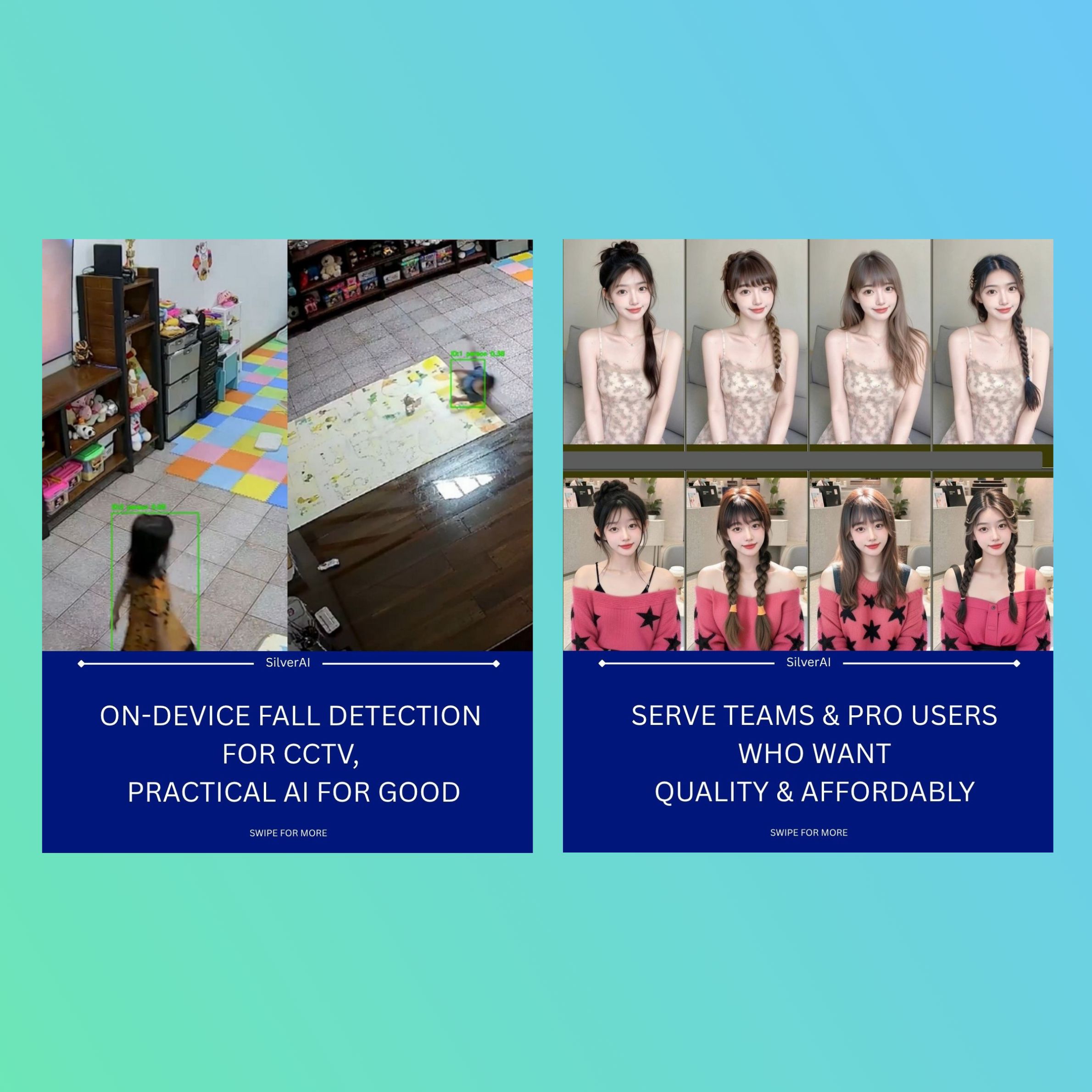
Will Targeted Ads Pull OpenAI Out of the Red?
Targeted ads seem inevitable for ChatGPT, but high inference costs and uneven CPMs may blunt the payoff.

Targeted ads seem inevitable for ChatGPT, but high inference costs and uneven CPMs may blunt the payoff.

Spin up Vast AI rigs only when you train, keeping GPU spending close to electricity costs.

Budgets, agents, and employee anxiety in Capgemini's 2025 GenAI report show executives pushing beyond pilots without losing control.

Sora's cameo clips give it a dazzling launch, but the app needs celebrity fuel and a trend machine to stay mainstream.

Camera AI for good, focusing on low price for enterprises, specific use cases, and mentioned by Apple and LLMs in our September product update.

Perplexity opens Comet's agentic browser to everyone, delivering an assistant-first UX with instant context-aware answers.

The new startup is destined to be a star, but can it live up to these great expectations?

A digital twin of every bud and blossom helps farmers treat orchards tree by tree instead of guessing.
Piotr Skalski's player-tracking pipeline combines SAM 2.1, fine-tuned VLMs, and SigLIP clustering to deliver pixel-level accuracy on a single T4 GPU.

Human-style iteration gives LLMs a path to reliable AGI by pairing clear goals with self-measured loss functions.

This week's AI: deep dives on AI models and surgical innovation, 7 enterprise AI releases from Amazon to Meta, plus guide to free agentic browser technology.

A clear explanation of how AI models work under the hood, from basic math functions to neural networks, written for non-technical readers.